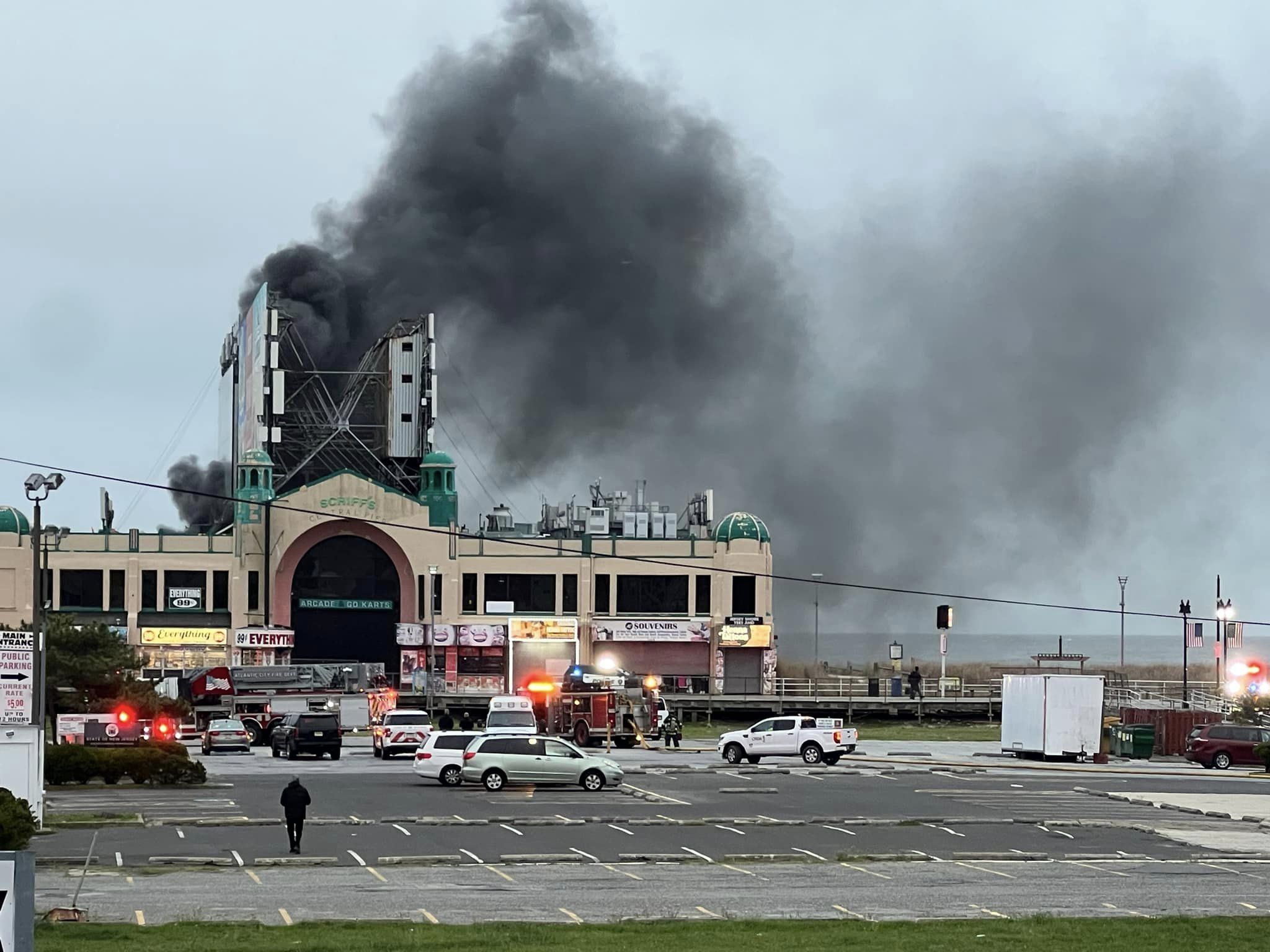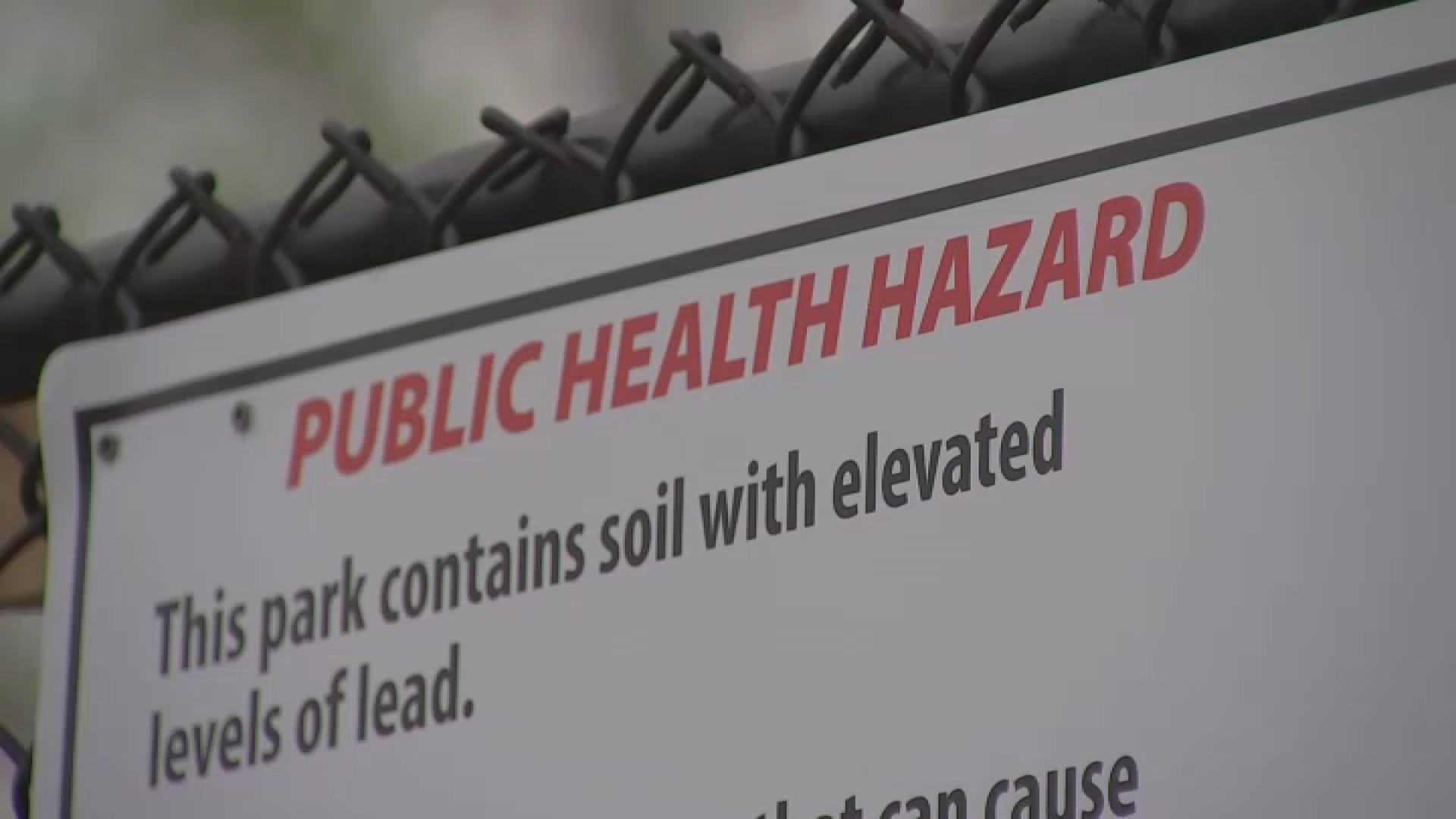At Roxborough High School in Philadelphia, teachers and staff use a school washer and dryer to clean the clothes of needy students.
Learning and laundry, in fact, get done in several area schools, where teachers and staff also buy food, prom clothes, toilet paper, eyeglasses, and countless other items for children from families with meager means.
This is on top of the hundreds, even thousands, of dollars that teachers spend each year on basic classroom supplies.
In the Philadelphia area, teachers see themselves as first responders in the ongoing emergency of poverty. Many say that if they falter, they fail the children.
So they step up.
"Children in need cross your way," said Lisa Ghaul, an occupational therapist at Knight Elementary School in Cherry Hill, who wound up adopting a student whose life was in turmoil. "If you ignore them, it's a sin of omission."
During a time of massive budget cuts, school closings, and teacher layoffs, it's easy to forget how teachers fill the holes in the lives of the poor, experts say.
Local
Breaking news and the stories that matter to your neighborhood.
"The help that teachers give kids is missing from the public dialogue about teachers these days," said Maia Cucchiara, an urban-education professor at Temple University. Teachers, she said, are too often criticized as robots teaching only to help students pass standardized tests.
"But that misses the reality of the student-teacher relationship," Cucchiara added. "When you have a child in your care and see him suffering, you do what you can to help."
Some say teachers are supplanting parents in this role as frontline activists; others believe teachers have no choice.
"I just think that when you become a teacher, you become a servant to the cause," said Karen Borrelli, a health teacher at Brimm Medical Arts High School in Camden, who has paid for prom hairdos and arranged rides for children to get to their SAT exams. "I just don't see how you don't help."
That's the attitude among Upper Darby teachers, said district spokeswoman Dana Spino. "We deliver Thanksgiving dinners to families in our low-income schools," she said. "The week before school starts, (low-income) kids can come in and fill a backpack with supplies."
Each year, the School District of Philadelphia reimburses teachers up to $100 a year for classroom supplies.
But the typical teacher couldn't name a colleague who spends that little, administrators say.
A recent Philadelphia Federation of Teachers survey shows that 70 percent of city teachers say they lay out $300 to $1,000 a year of their own cash for classroom supplies.
A teacher at Philadelphia High School for Girls did his taxes recently and was surprised to learn he'd spent $7,000 on items for students, PFT spokesman George Jackson said.
What many people don't understand "is the depth and breadth of poverty," said Amy-Nicole Roat, a teacher of English as a second language at the Feltonville School of Arts and Science in North Philadelphia, a middle school.
There, science teachers pay for silkworms and butterflies, while one teacher shelled out $500 for a projector, Roat said.
Teachers typically provide birthday and Christmas presents, cough drops, tissues, and sanitary napkins, she added.
"I keep a big bag for the girls," Roat said, "and we just take care of it."
But, she added, the biggest problem is hunger.
Whenever there's a long weekend like Memorial Day, teachers know to bring in extra granola bars and juice Tuesday.
When students return to school after three days away, "they're out of sorts, with headaches, unable to concentrate," Roat said.
She explained that many low-income families won't have enough food to feed children, especially on Monday, when the school is closed on a day kids would normally be eating breakfast and lunch in the building, Roat said.
Saizon Sanders, a 10th grader at Collingswood High School, whose family struggles financially, said guidance counselor Dennis Gaughan has provided him with food, along with clothing and other items.
"He gives me cologne to smell good, and he gives me friendship," said Sanders, 16. "It feels so good."
Gaughan said Sanders was returning the favor, teaching him some dance moves. "More important than the things we give them, though," Gaughan said, "are the time and concern we give kids."
While many teachers help low-income students with an open heart, there can be complications, Cucchiara said.
"Some teachers feel parents of poor kids don't do enough," Cucchiara said. "There's a pretty common discourse among a small portion of teachers in urban schools about these parents not caring."
Cucchiara ascribes such attitudes to some teachers' ignorance of the tribulations low-income people endure. Often, Cucchiara added, teachers are white and middle-class and aren't on the same wavelength as low-income parents of color.
"There's a racial tension, and many poor parents may have had bad experiences when they were in school," she said. "Sometimes, people don't trust each other."
The majority of teachers and staff, though, exhibit "sufficient respect and cultural awareness" to help families retain their dignity, said Corine Meredith, an urban-education expert at Rowan University.
In the end, whatever teachers know or don't know about poverty, they're compelled to deal with the poor child in front of them.
"We teachers are scrambling to take care of the kids," Roat of Feltonville said. "And it's not the kids' fault that they're poor."
Original story here: http://bit.ly/1aMWueR



